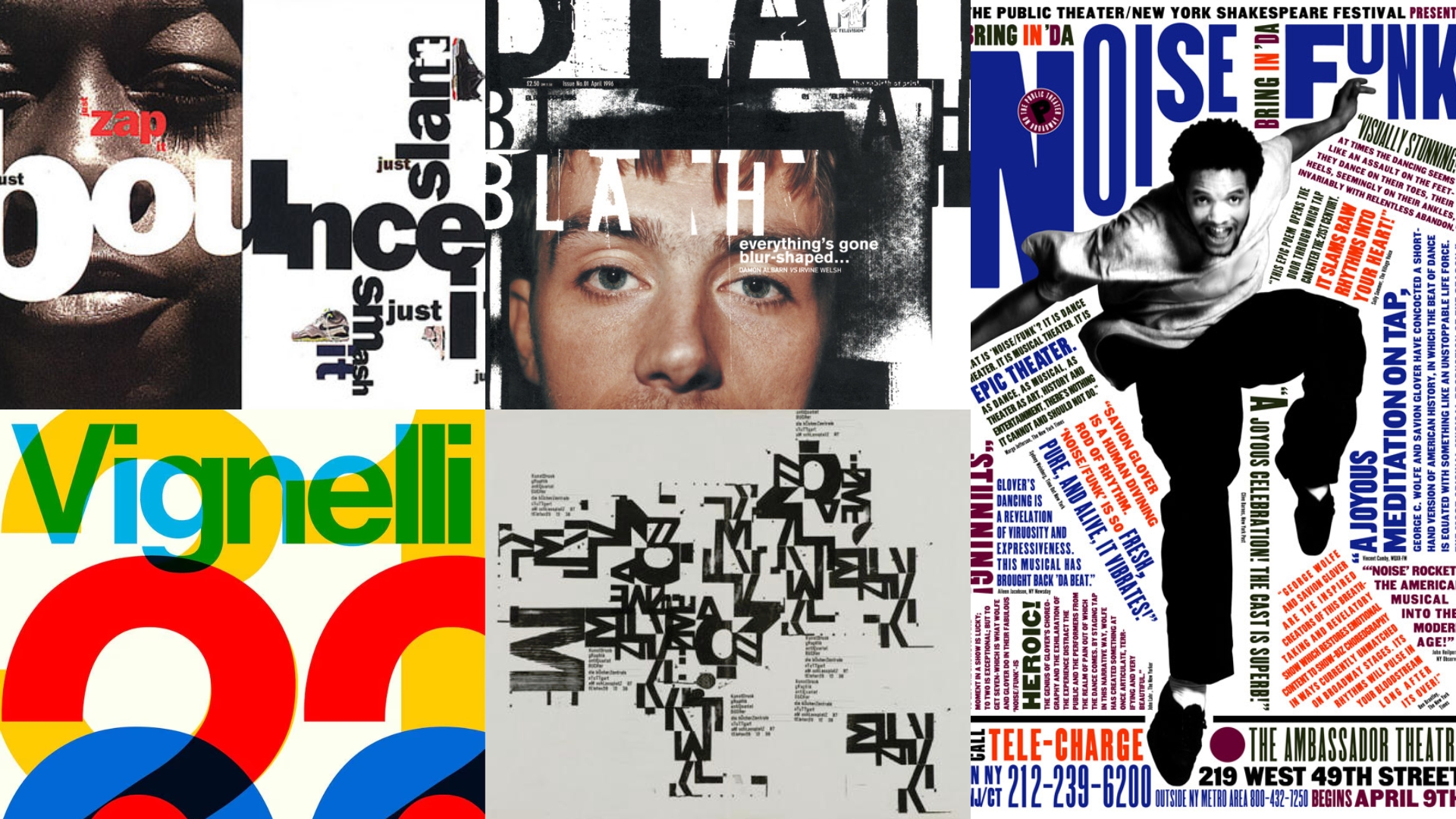The Guggenheim Museum, a global cultural institution with locations in New York, Bilbao, Venice, and soon Abu Dhabi, has unveiled a new brand identity designed to unify its diverse network. Spearheaded by Pentagram partner Harry Pearce, the rebranding initiative aims to create a cohesive visual language that reflects the Guggenheim’s shared vision and global reach.
A Harmonized Constellation
The core concept behind the rebrand is “one brand, one constellation, one vision and many experiences.” This approach seeks to emphasize the interconnectedness of the different Guggenheim museums while celebrating their unique character. By unifying the brand identity, the institution aims to enhance its global visibility and appeal to a wider audience.
A Modern Masterpiece
A key element of the rebrand is the new Guggenheim logo, a modern and abstract “G” symbol that serves as a unifying element for the constellation of museums. The logo, inspired by the brand’s history of geometric typography, is both simple and striking, effectively capturing the essence of the Guggenheim.
To complement the logo, a new typeface, Guggenheim Sans, has been developed. Based on the open-source typeface Inter, Guggenheim Sans offers a modern and accessible feel. An Arabic version of the typeface, designed by Debakir and TBD Studios, ensures inclusivity and global applicability.
A Flexible Framework for the Future
The rebranding initiative also includes a flexible framework that allows for consistency across various applications while enabling individual museums to express their unique character. This framework leverages a modular design system, incorporating a strategic color palette and a set of bespoke icons that mirror the brand’s bold geometric forms.
A Museum for the World
By adopting a more unified brand identity, the Guggenheim aims to position itself as “a museum for the world.” The rebranding effort underscores the institution’s commitment to accessibility and inclusivity, making art accessible to a broader audience.
As Harry Pearce explains, “The design…came from the idea of creating a constellation of museums, with one harmonized visual language and identity.” This new visual identity is a testament to the power of strategic design to communicate a unified vision and create a lasting impact on a global audience.





